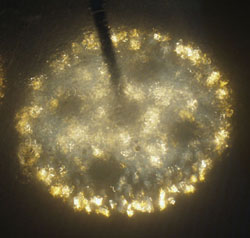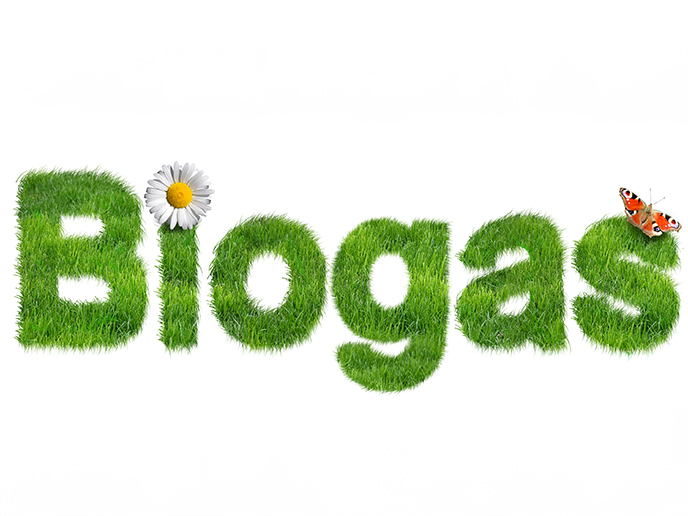Spinel for coating is like the ruby of jewels
Industrial production of lighter yet durable vehicles would immediately result in reduced fuel consumption with obvious economic and environmental benefits. Magnesium, due to its low density tends to replace steel and aluminum in many industrial applications, in the automotive industry for instance, and is nowadays widely used. However, an important drawback to its usage is that it is prone to corrosion and abrasion. Previously, several coating processes had been developed but they were all environmentally hazardous and economically unfavourable. An innovative coating process has been developed by the NANOMAG project that is not only highly efficient but also clean and economic. The treatment called KERONITE is an electrolytic oxidation coating for magnesium. With the aid of a plasma discharge around a component immersed in an electrolyte, a hard ceramic film of uniform thickness from 10 to 50 microns is deposited on the component. The ceramic is a complex oxide, a magnesium aluminum oxide known as spinel. It is a hard mineral well known to jewellers due to its ruby-like color. With spinel as its main constituent, the resulting coating layer provides high hardness and wear-resistance. As for corrosion resistance, a keronite-coated magnesium alloy survived 1000 hours in a salt spray environment without exhibiting any traceable evidence of corrosion. KERONITE also provides protection from galvanic corrosion since it substantially reduces the density of the electrolytic current. Finally the KERONITE coating can be used in conjunction with other coating processes when, as in the space industry, magnesium alloys are subjected to extreme conditions. KERONITE with its porous upper surface acts as a substrate for the second coating.







